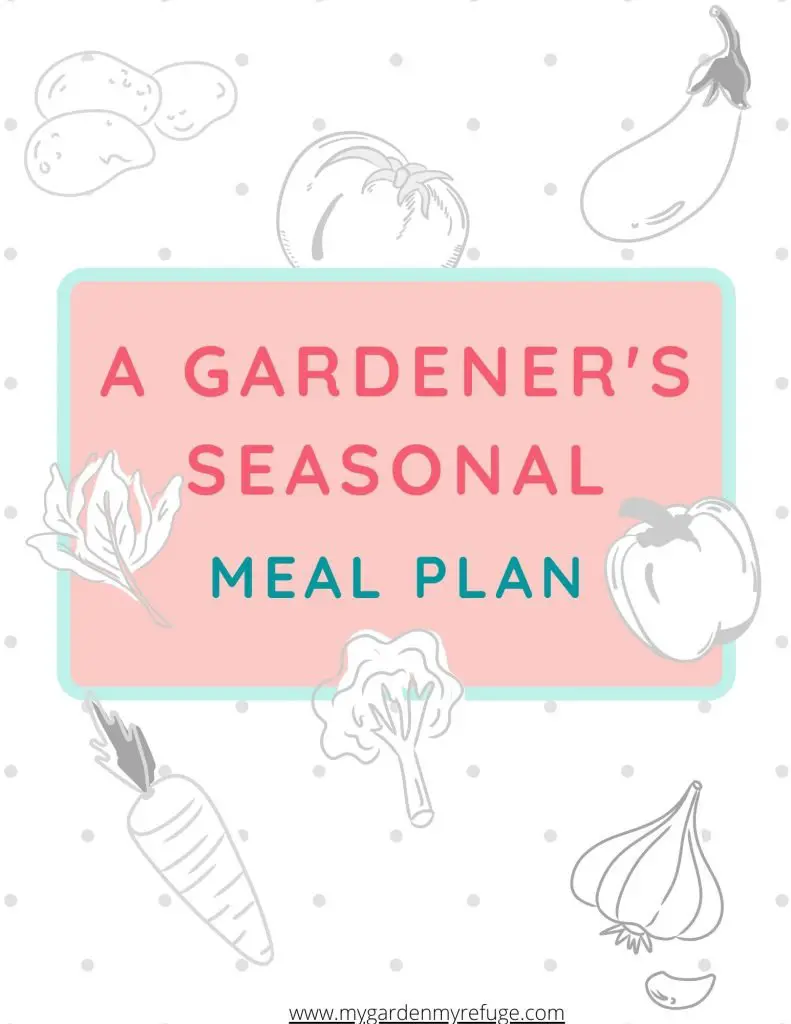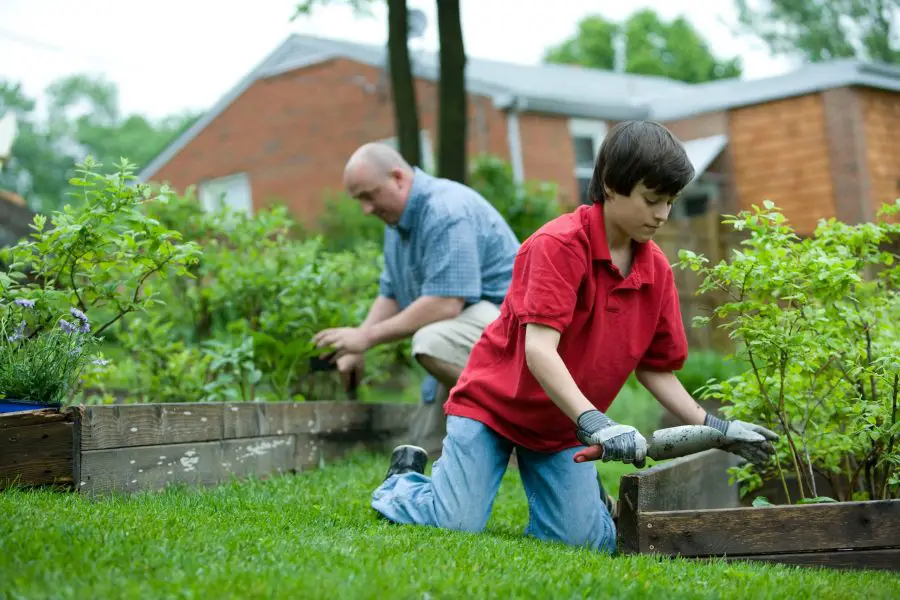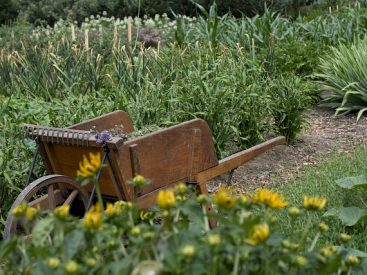Meal planning has become the new trend of today’s life. For some, it keeps expenses on track, and for others, it helps maintain a healthy living. But for many, including me, it is both.
As a health-conscious mother, I make sure to feed my family clean seasonal food, and having a garden made that a reality. Rather than following store sales, my meal plan depends on what’s growing right in my backyard.
1- Know Your Seasons
In the gardening world, there are two main categories of crops. The cool-season crops grow best in cold temperatures ranging between 40F (5C)-65F (18C). Warm-season crops prefer warmer temperatures of 70F(22C) and above.
A start of a season is the first planting time of the crops, and its end is the last harvest. During the transition, there is an overlap, meaning the end of one season is the beginning of the other.
Let’s take the example of central Texas, where the growing seasons are: cool, warm, and hot.
In September, the planting of brassicas and other cool-season vegetables begins. As the season progresses, planting and harvesting continue. Assuming everything goes well, the harvest should start by the end of October. By March, the days start getting warmer. It is the time to wrap up the warm-season harvest and begin cool-season planting.
Then again, in September, the warm-season crops continue production while the planting of their counterparts is taking place.
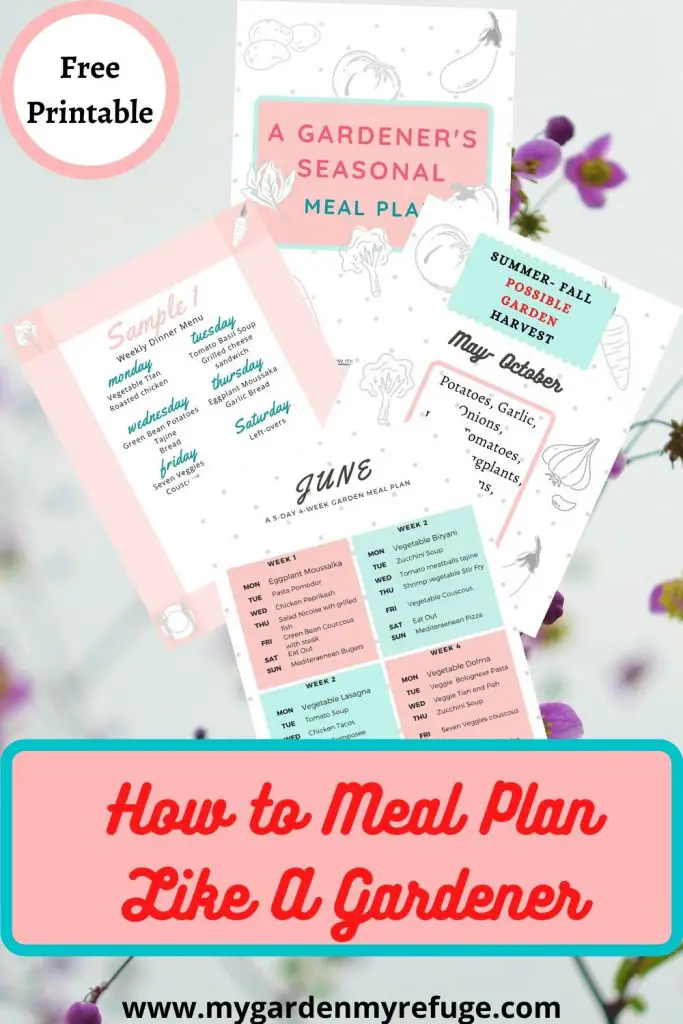
2- Make the List
After knowing your seasons, make a list of potential harvests from the garden. If you are not growing your food, make a list of what should be in season.
a) Cool-season harvest (September- May)
September through October, sometimes November, is an overlapping period. So, summer crops are still going while we are planting the cool-season crops.
- Tomatoes
- Peppers
- Eggplants
- Cucmbers
- Basil
- Green beans
- Zucchini
- Pumpkins
- Potatoes.
By the end of October through April, cool-season crops are being harvested.
- Kale
- Asian Greens
- Lettuce
- green onions
- Cilantro
- Parsley
- Chinese Cabbage
- Broccoli
- Cauliflower
- Turnips
- Beets
- Peas
- Artichokes and cardoon
- Fava Beans
- Carrots
b) Warm-season harvest (May-November)
March through May is the second overlapping period. While winter harvest continues, summer- crops planting begins.
- Broccoli
- Cauliflower
- Cabbage
- Cilantro
- Parsley
- Greens
- Garlic
- Onions
- Leeks
- Fennel
- Fava beans
- Asparagus
Early tomatoes are ready for harvest in late April or in early May. By the end of May, summer harvest starts to kick in. The good thing about this season is that the plants keep on giving until frost. Contrary to most winter crops that are a one-time harvest.
- Tomatoes
- Peppers
- Zucchini
- Garlic
- Onions
- Carrots
- Cucumber
- Basil
- Green Beans
- Eggplants
- Winter Squash
- Pumpkin
Note that onions, garlic, and carrots are long storage crops. So, they can be used anytime in the year if you grow plenty.

3- Let nature shop for you
When growing vegetables, nature is the one in charge. But, that does not prevent one from planning for a better outcome.
Let’s take a look at a year of continuous harvest.
In late October or early November, leafy greens, cilantro, parsley, and leaf celery are the first crops to make it to the kitchen. These vegetables are a must in a home garden for their early and continuous production. Depending on the cultivar, the rest will take more or less time to be ready.
In late October or early November, leafy greens, cilantro, parsley, and leaf celery are the first crops to make it to the kitchen. These vegetables are a must in a home garden for their early and continuous production. Depending on the cultivar, the rest will take more or less time to be ready.
March through May, while still enjoying the winter harvest, spring harvest begins. In the meantime, peppers and tomatoes are approaching harvest. Once June settles, green beans, cucumbers, and zucchini will be filling the basket.
The colorful harvest basket continues until October, after taking a brief break in the peak summer heat. And that’s how the loop forms and goes around.
4- Collect recipes and organize them according to the season
After learning about seasonal vegetables, it is time to collect recipes. If there are kids involving them in the choice-making saves a lot of disputes at the dinner table. Also, several studies have shown that children who grow their food are ten times more likely to eat it. It’s all about empowerment.
The ideal way to make the seasonal meal plan is by holding a family meeting. Each family member should have a clear idea of what’s in season and the possible dishes to make. Once the list agreed upon is final, it’s time to place them on the calendar.
If there is a vegetable that no one likes, there is always a substitute. My kids do not like cooked spinach, so we use curly kale instead since it holds its texture better.
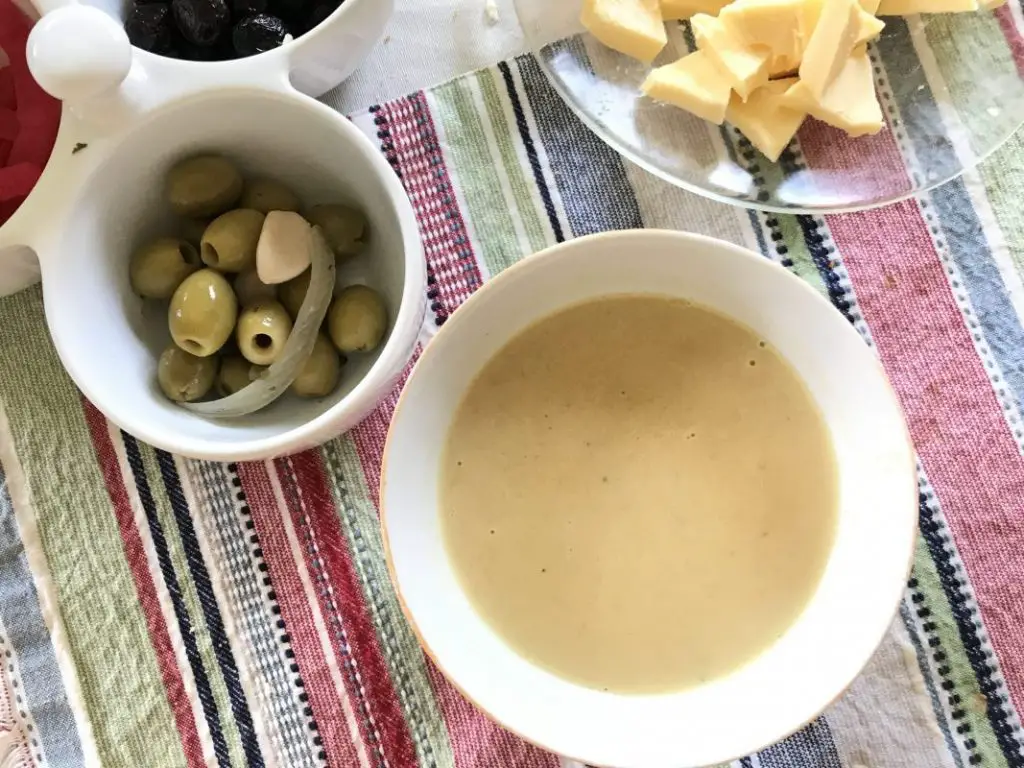
Depending on one’s time, meal planning can be weekly or monthly. To avoid boredom, try to rotate the recipes throughout the month.
Here are some main dishes
Cool-season Main Dish Ideas
- Kale-Topped HomemadePizza
- Beef Stew
- Cabbage Fish Pie
- Curried Cauliflower Soup
- Broccoli and carrot Cheese Soup
Warm Season Main Dish Ideas
- Summer Veggies Pizza
- Veggie Tian
- Summer Veggies Dolmas
- Hungarian Chicken Paprikash
- Greek Eggplant Moussaka
If you found my meal planning method interesting, and want a sample of it on paper, click here to download it free. Feel free to comment or share, and maybe join me on Pinterest or Instagram for meal ideas.
